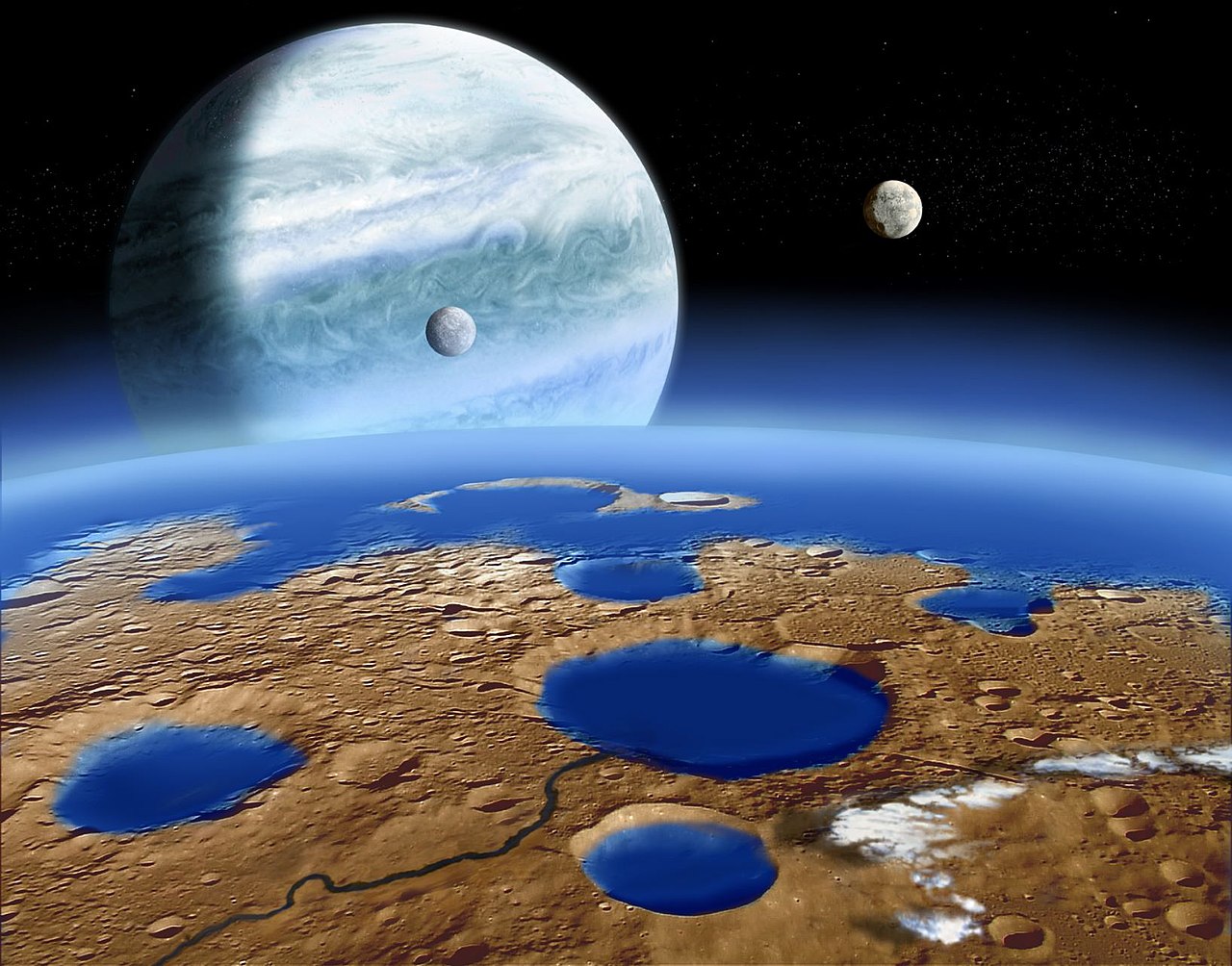Scientists have long been interested in the moon and the potential secrets it may possess. Though researchers have dedicated many years to understanding the fascinating celestial structure, there is still much we don’t know. A recent discovery under the surface of the moon proved just that.
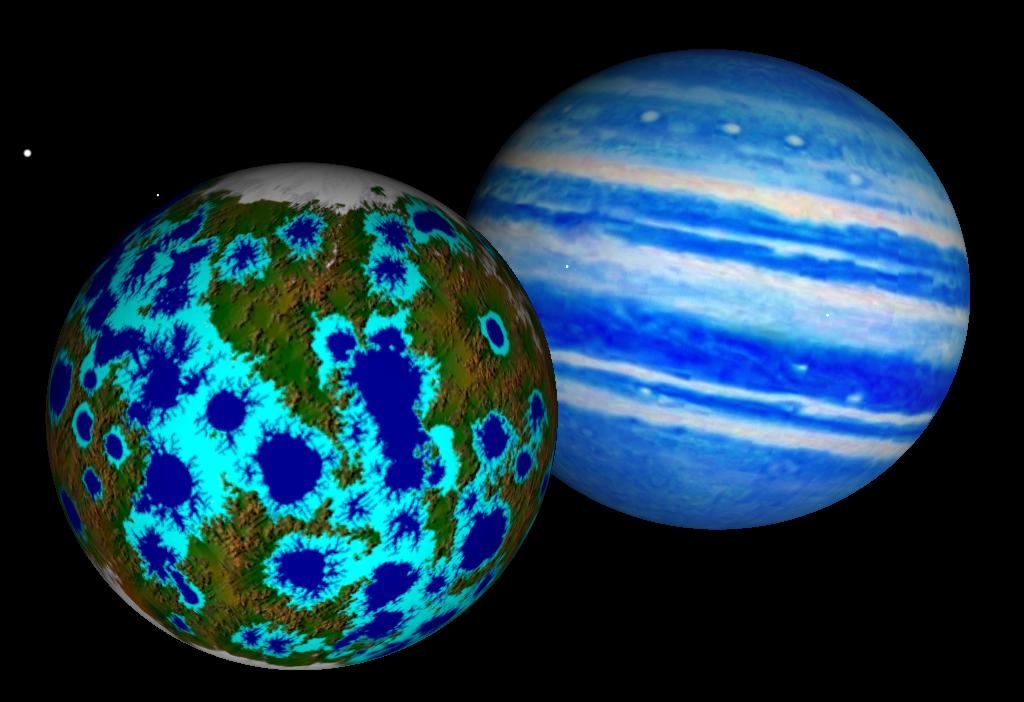
The discovery was found below what is known as the South Pole-Aitken basin. This is one of the largest known craters in the Solar System. Little did we know what a massive structure was hidden just below its surface.
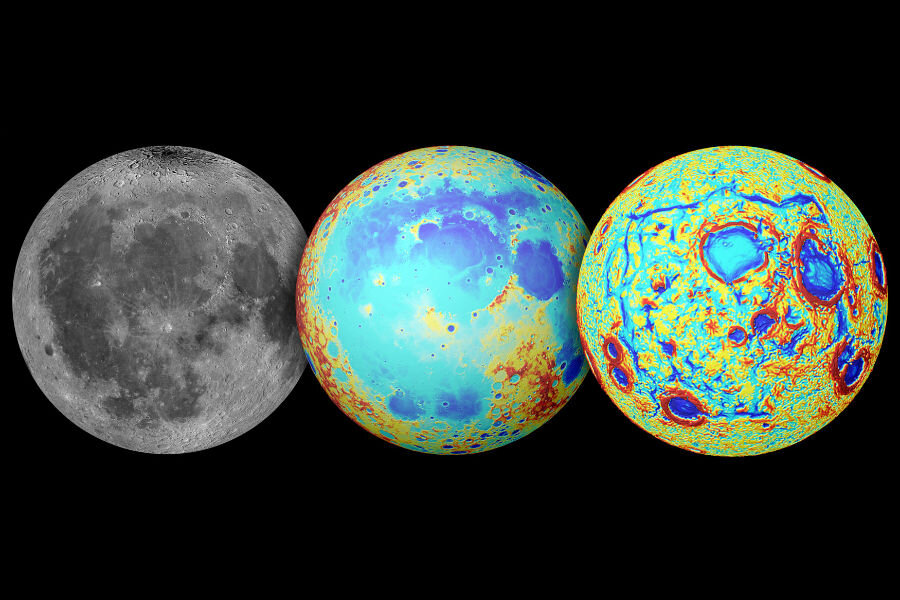
Scientists found a metal structure weighing at least 2.18 billion kilograms and stretching over 300 kilometers in depth and 2,000 kilometers in length. Researchers from various institutions in the United States made this staggering discovery, offering intriguing insights into the Moon’s composition. The mission is know as GRAIL (NASA’s Gravity Recovery and Interior Laboratory).
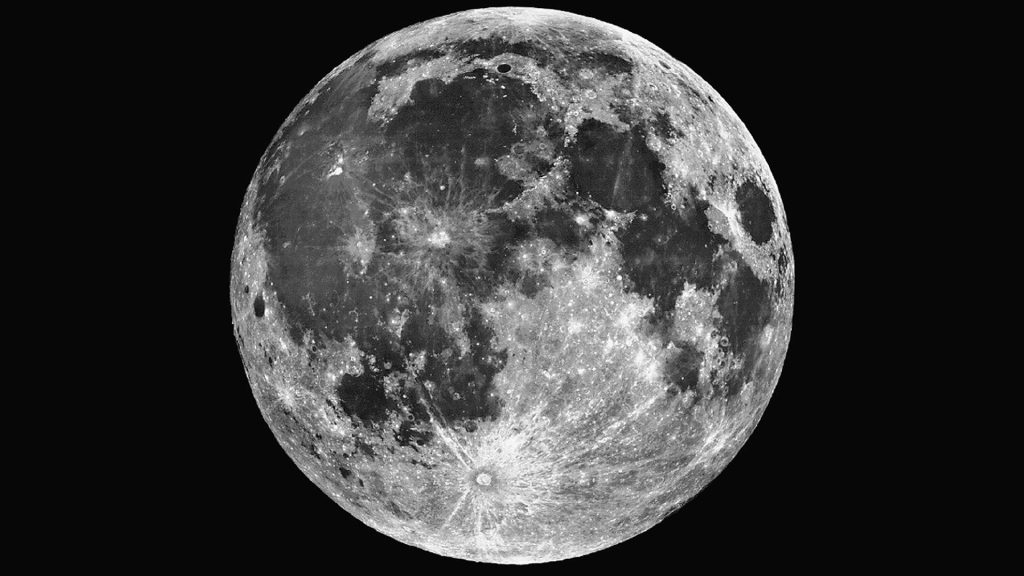
Lead author Peter B. James, from Baylor University in Houston, suggests that the “anomaly” could be composed of metal from the core of an asteroid or oxides resulting from the crystallization of a magma ocean. He compares its magnitude to “taking a pile of metal five times larger than the Big Island of Hawaii and burying it underground”.
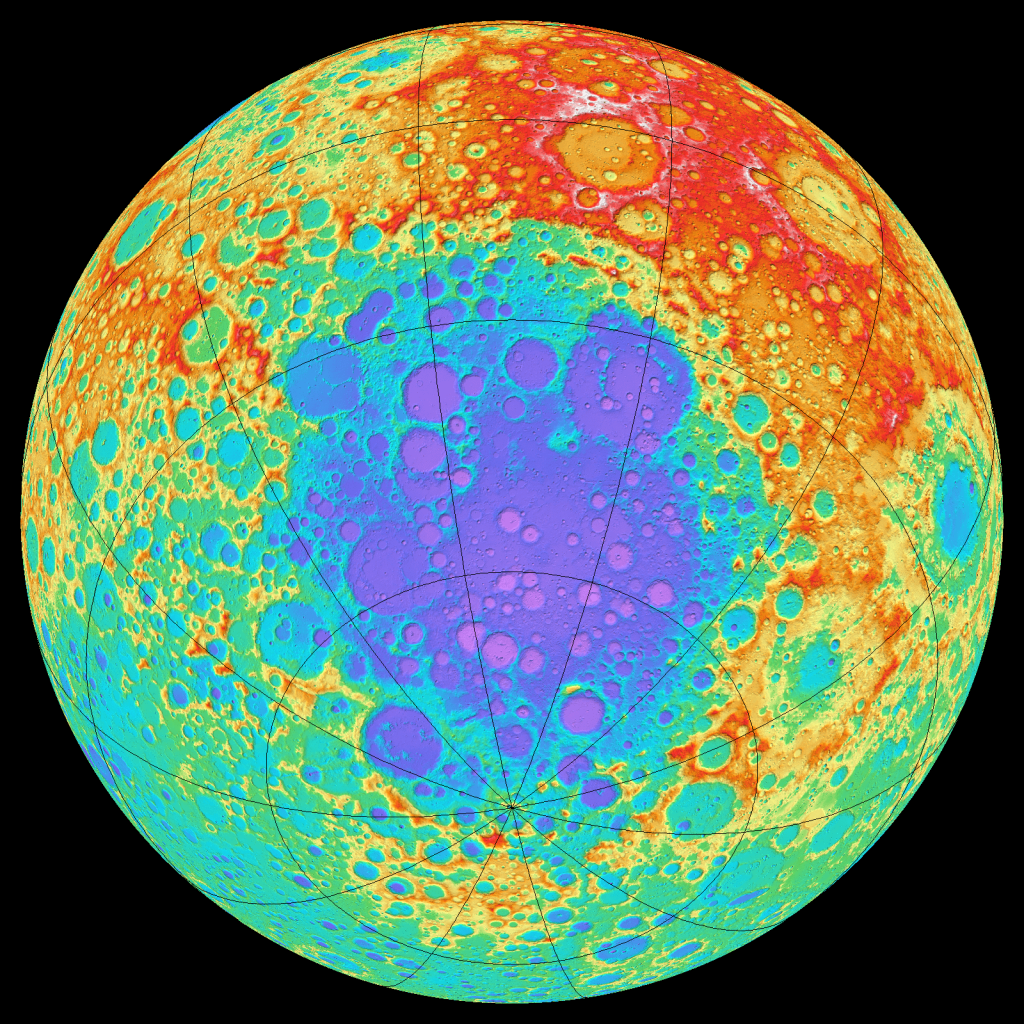
The Moon has naturally occurring metals on it as well. In fact, the moon’s center is made of a dense, metallic core. Naturally occurring metals such as iron, titanium, and uranium can be found on the moon, but scientists had never found something quite like this or something even close to the size of this structure.
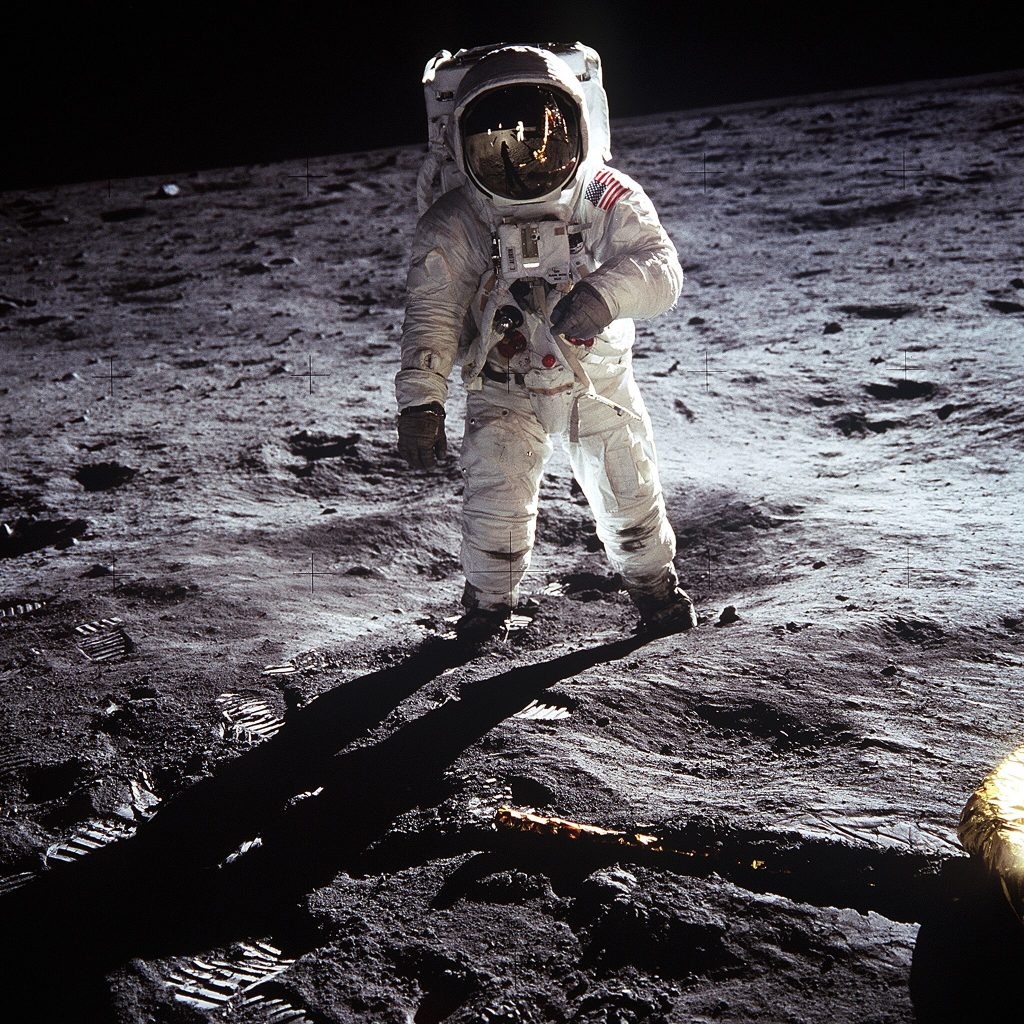
Naturally, when they discovered the structure, the most obvious question was “Where did this thing come from?” and various scientists involved in the mission had varying theories as to how this massive structure came to be hiding under the moon’s surface all this time.
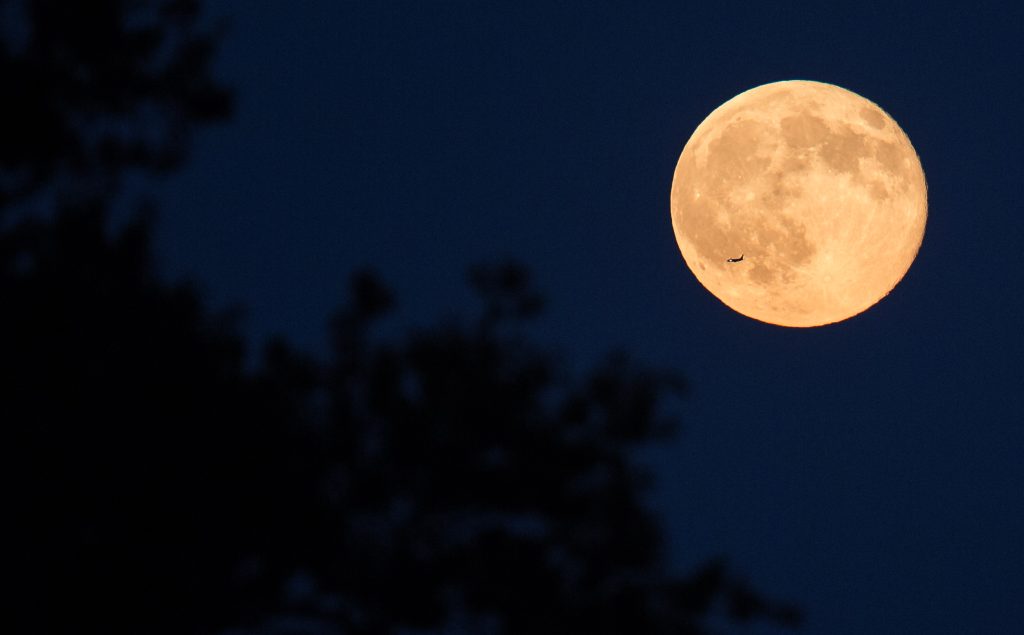
This groundbreaking revelation stems from data collected by NASA’s Gravity Recovery and Interior Laboratory (GRAIL) mission, designed to measure changes in the Moon’s gravitational field. The data from these missions has led to many fascinating insights about the Moon’s internal composition, shedding light on its formation and evolution.
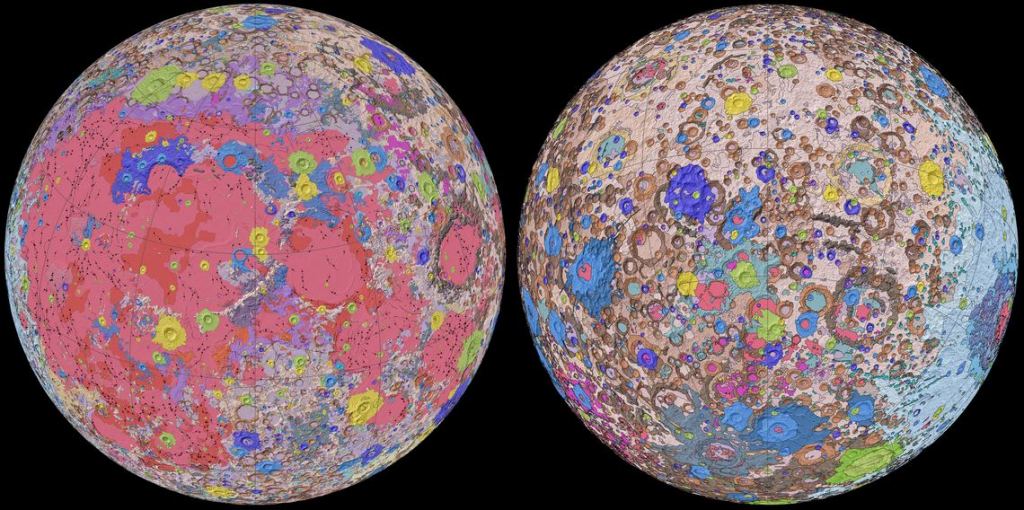
The South Pole-Aitken Basin has been of great interest to scientists for years due to its unique characteristics. It offers great insight into its history and helps scientists piece together its formation.
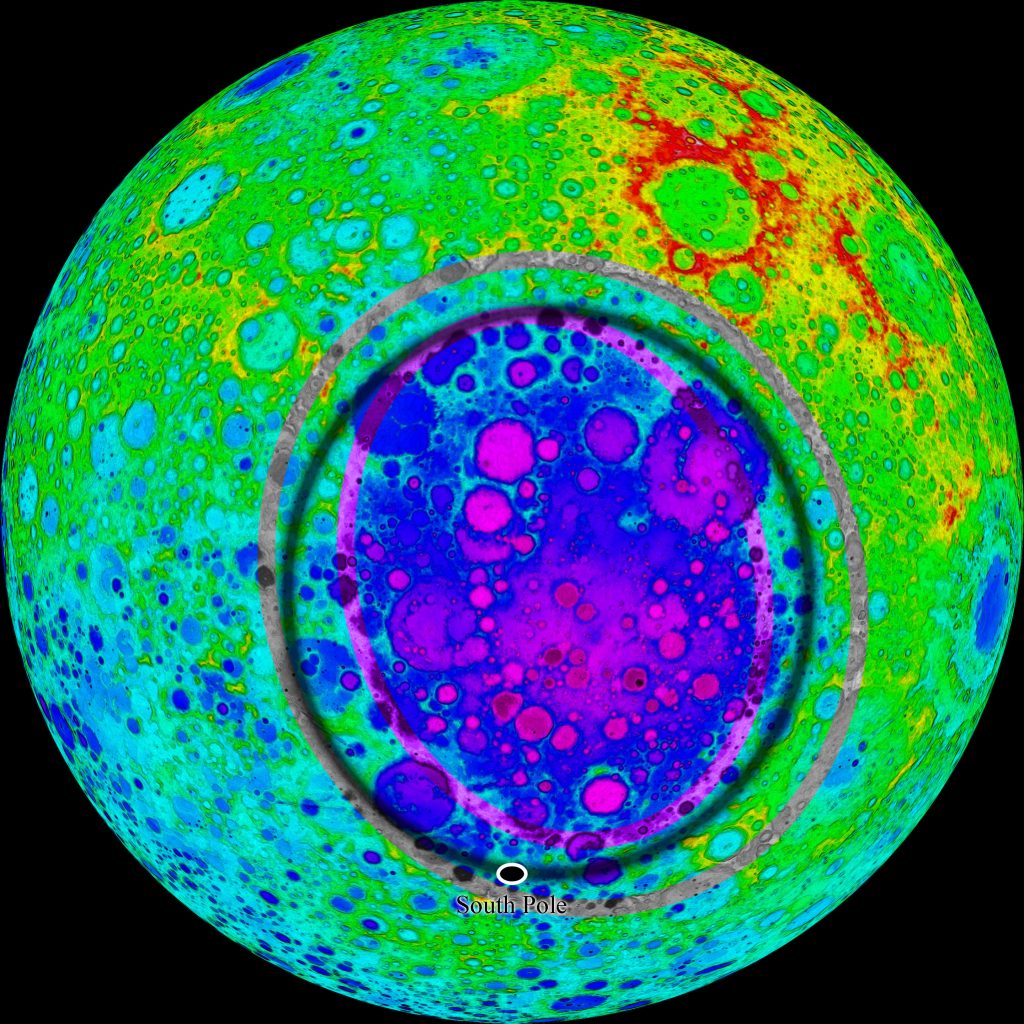
The discovery leaves scientists wondering what else they don’t know about the moon and fuels further research efforts. If a structure bigger than 5 times the size of Hawaii can be hiding for this long who knows what other secrets the moon holds!

